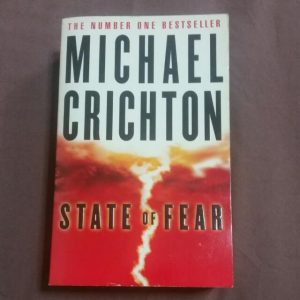Test
Posted by Renato Carvalho
CALE – Critical Action Learning Exchange
SCORE – Scripting and Orchestration Environment
SCORE is an online environment being developed by the ENCORE Lab that supports scripting and orchestration of complex collaborative learning experiences. Using SCORE, educators can design and control sequences of activities that are distributed to devices of individual students, small groups, and the whole class.
Future Cities, Future Us
Innovation is the way out
Student: Vansh
School: William Lyon Mackenzie
INSPIRATION: What ideas, projects or movements have you seen that make you hopeful about the future of our cities?
VISION: In what ways should we design our cities differently in order to have a sustainable future?
“we need less “”sin taxes””
they have consistently been proven not to work, and only increase the wealth gap and eventually lead to an even larger carbon footprint
we need less sensationalism
a child saying “”how dare you”” or sharing videos of turtles might bring shock value, but it leads to uninformed decision making like the banning of disposable bags which has bosted the amount of paper and permamanent bags, further increasing carbon footprints”
ACTION: What can your generation do now to bring us closer to this future?
- push for less regulation and more free, open markets — free market environmentalism
- vote with our dollars, support sustainable businesses
- stop sensationalizing and sharing things that give us a false sense of being eco-friendly and smart,, instead we need to actually take action
- stop pointing at the government for solutions, government is slow and ineffective, take change into our own hands
- INNOVATE!!! innovation is the way out of climate change, telling everyone to stop using all plastics and install solar panels and get electric cars is unrealistic. Humanity has always moved forward and made progress not because of government or taxation or sensationalism. We have done so only because of our unique ability to rapidly innovate, and nothing has changed.

